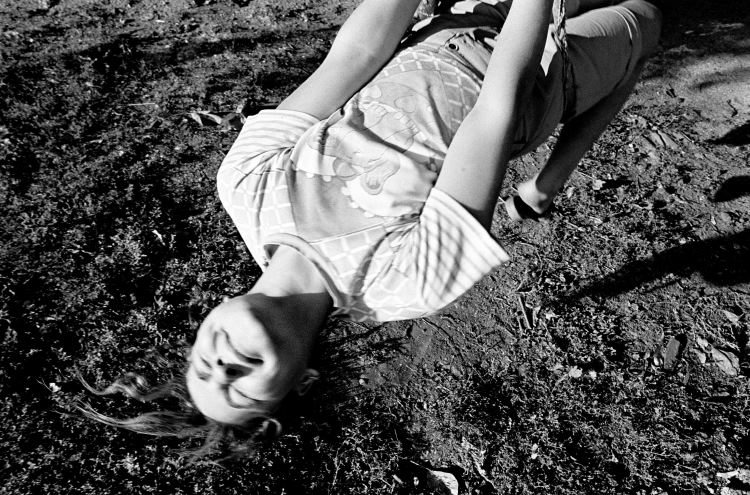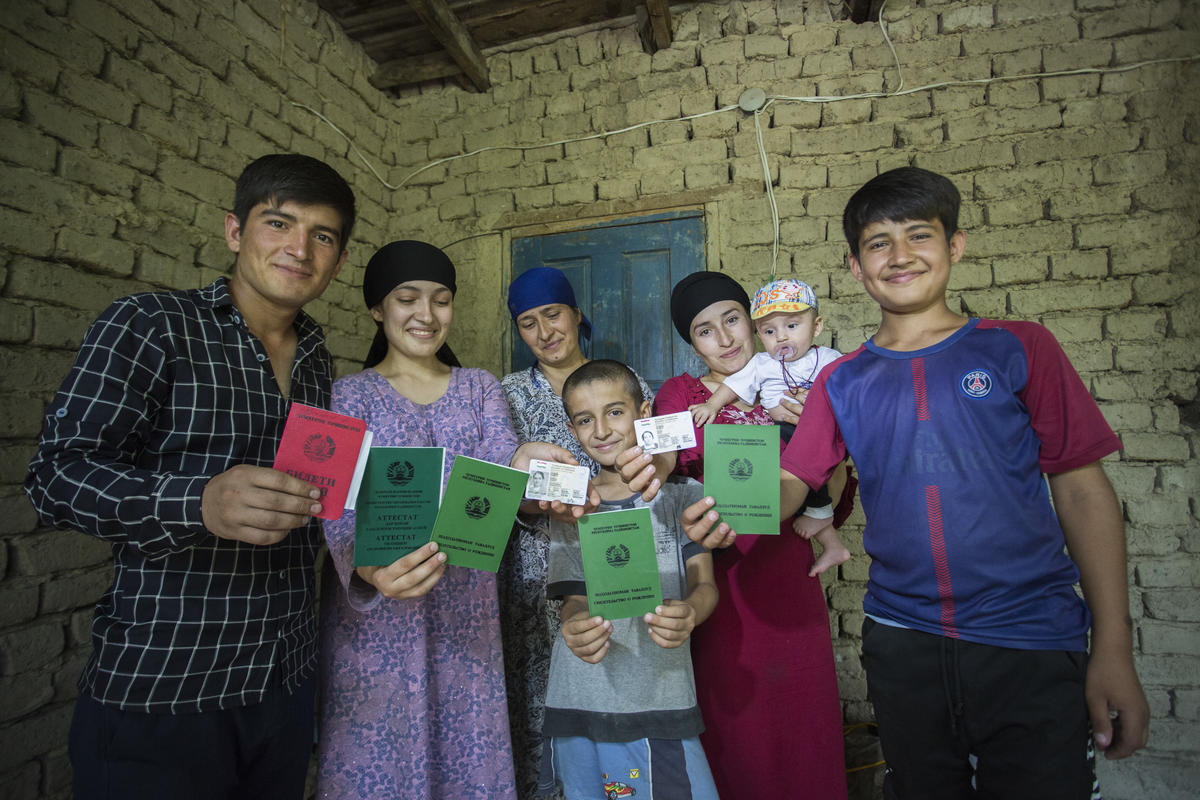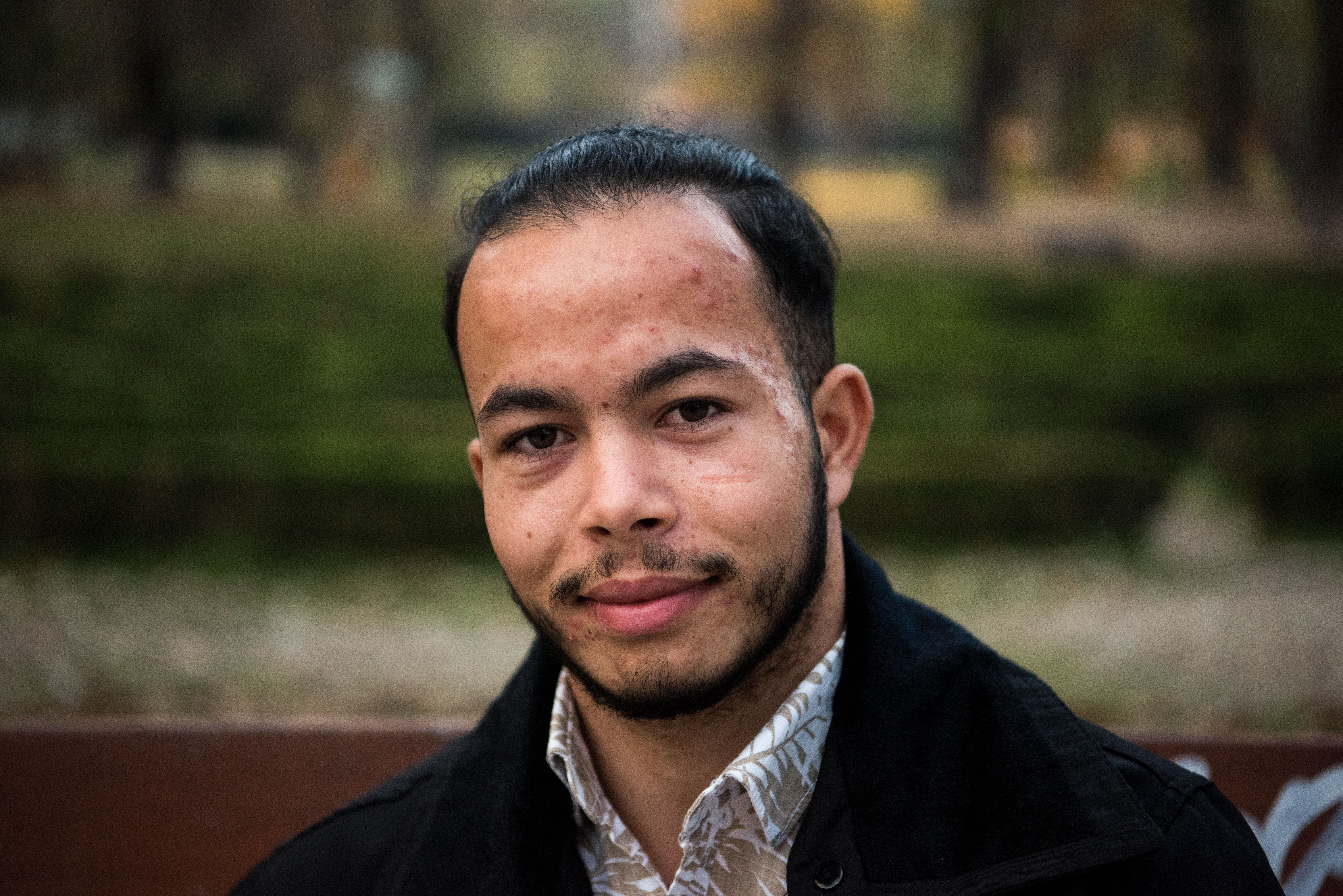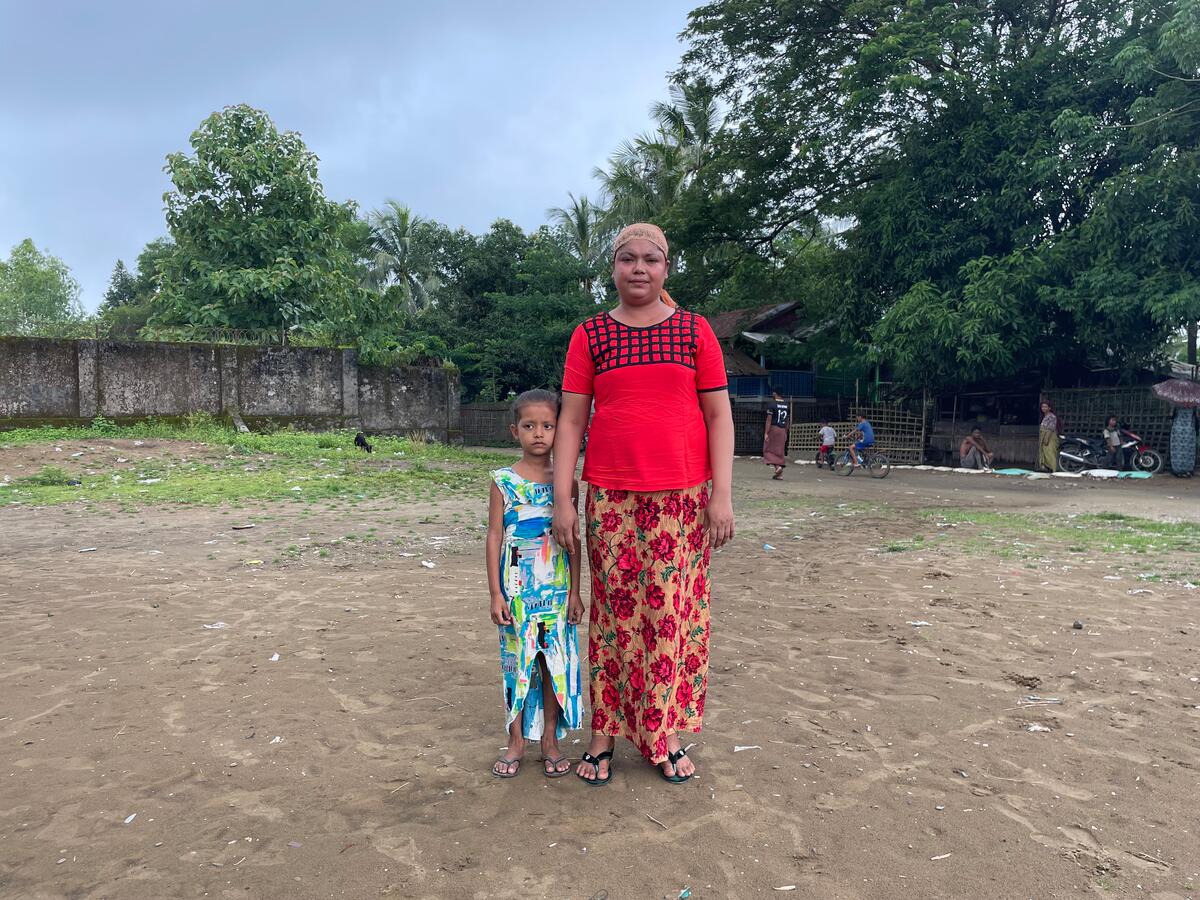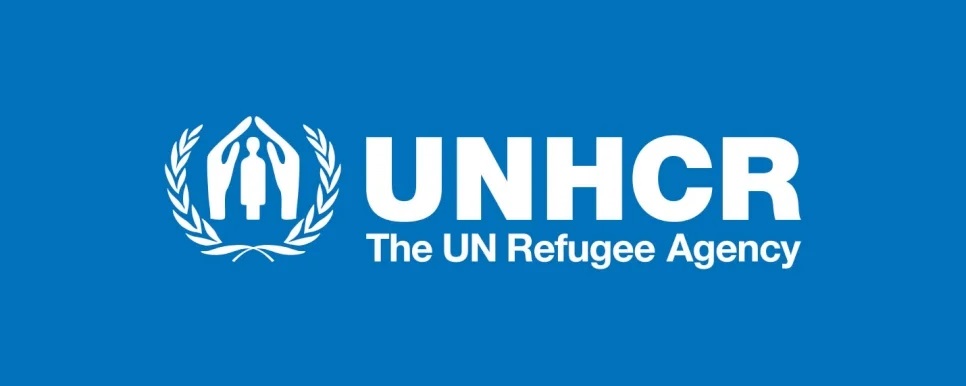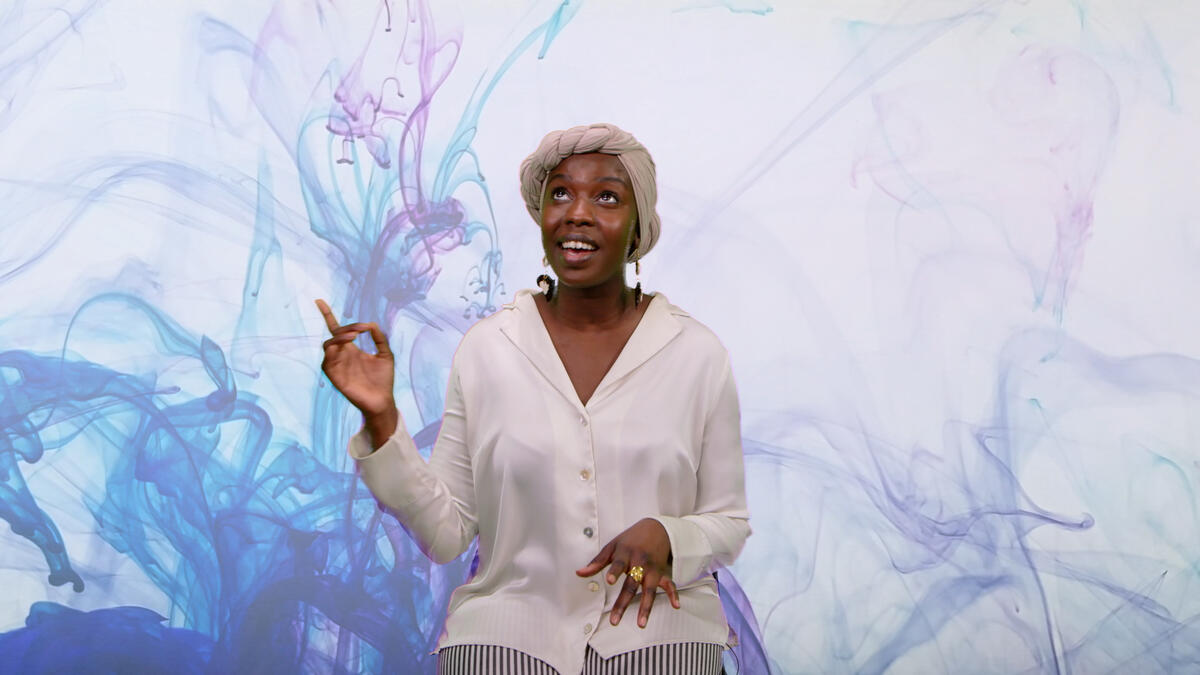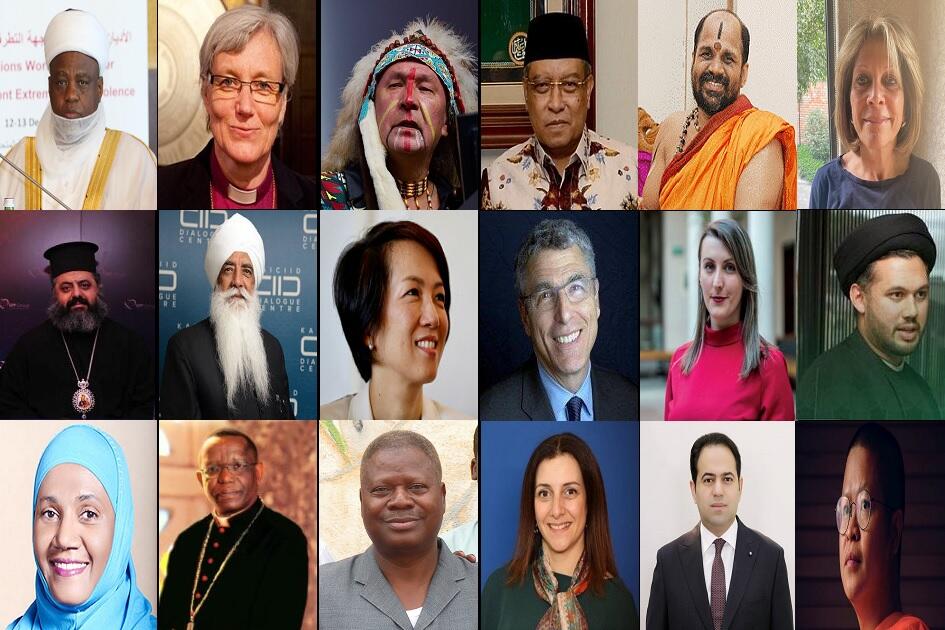Statelessness Q&A: Chronicling the pain of the world's stateless
Statelessness Q&A: Chronicling the pain of the world's stateless

BANGKOK, Thailand, September 20 (UNHCR) - Documenting some of the world's estimated 12 million stateless people has turned into a passion for award-winning American photographer Greg Constantine, now based in the Thai capital, Bangkok. His exhibit "Nowhere People," chronicling the lives of the stateless in eight countries, is on display till the end of this month at UN headquarters in New York. It will move to the BBVA Bank exhibition halI in Madrid, Spain from mid-October to early November, and then hang at the Royal Albert Hall in London, United Kingdom from mid-November to early December. Constantine talked recently with UNHCR's spokesperson for Asia, Kitty McKinsey, in Bangkok about his work. Excerpts from the interview:
Tell us about "Nowhere People"
It's a small slice of the larger project. It's a calling card to introduce different audiences to statelessness. I find that the moment people find out about the issue of statelessness and the denial of citizenship, they are completely fascinated - and appalled.
In a world where everyone has a digital camera, why do you still shoot in film, and in black-and-white?
I love the way film looks. The [Leica and Nikon] cameras that I use are very small, they are not intimidating. They allow me to be agile. They allow me to work in really low-light conditions. I see things in black and white. Colours for me can be very distracting. The subject matter I am documenting, I don't want there to be distraction. I want people to be able to look straight into the subject matter.
What has your cooperation been with UNHCR on this project?
Even though Nowhere People is my project, my cooperation with UNHCR has been invaluable. UNHCR has supported me to go on various missions over the last three years; to Kenya, Ukraine and Ivory Coast, three geographic areas with very distinct cases of statelessness that were vital to my project. UNHCR uses the work I have been able to do to add a different dimension to the discussions they are having about statelessness.
What drew you to stateless people or the issue of statelessness?
When I lived in Tokyo [in 2005], one of the first stories I worked on as a photographer was North Korean refugees. Most of the North Korean refugees I met in South-east Asia were women giving birth to children in China. The children were not North Korean citizens, they were not considered Chinese citizens, and until they actually set foot on South Korean soil, they would not be considered citizens of South Korea either, so really these kids were stateless. This sparked my interest in statelessness.
For the billions of people on this planet who have citizenship, an ID card, a passport, can you describe the pain stateless people feel?
Statelessness is a condition. The biggest pain is really not being recognized by a place you truly believe you belong to, whether it's not being recognized by your neighbour, by the state, or by the authorities. Add onto that this sense of overwhelming paralysis that stateless people have because so much of their condition is based on factors that are totally out of their control.
Talk a little bit about some of the things people around the world cannot do simply because they are not citizens of any country.
Go to school. Open a bank account. Travel. Have a passport. Have an ID card. Have a birth certificate. Have a marriage certificate. Have a death certificate. Be able to walk into a government office. Be able to run for public office. Be able to vote. Be able to receive humanitarian assistance in some cases. Be able to prove to an officer at a checkpoint that you are who you are. Being able to own land, being able to farm that land, being able to develop that land. Those are just a few of the things.
Do the individuals whose stories you tell feel you are their advocate?
No, I make it pretty clear I am not their advocate. That is not my role; that is the role of UNHCR and others, and I hope I can help their advocacy. However, when I photograph stateless people, I do let them know I feel it's my responsibility to make sure their story gets to as many audiences as possible. I do want the work to be seen by people who are in a position to actually create change for these people.
What kind of change would you like to see?
Statelessness is not [solved by] the change of a law or a constitution. It's not simply saying, "These people were stateless for 35 years and now because of a few sentences drawn in a constitution, they're not stateless." That is very important, but what I've seen on the ground is that stateless people have been reduced to such a level that they are so far behind other people competitively, economically, educationally, politically, it is not just a change in the law they need, but development.
Do you see any bright spots in solving or preventing statelessness?
One of the bright spots is simply that [many] people legally are no longer stateless; that is the starting point for everything. Look at the [Urdu-speaking] Bihari - stateless for 35 years and, at the end of 2008, they are finally recognized as citizens of Bangladesh. At the same time, people need to realize the work is not done. For people in the Urdu-speaking community in Bangladesh to truly feel they are part of this country they were born in and belong in, a change is needed in the way they are viewed by Bangladeshis. There are bright spots, but there are [also] communities where you see very little hope for the future.
What's ahead for you as a photographer?
There's going to be a series of books [on statelessness] coming out over the next 14 months. "Kenya's Nubians: Then and Now" is coming out in October, supported by UNHCR and the Open Society Institute. The intention of the four books is not so much to chronicle my work. They're really designed to let these people tell their stories and let my photos weave in and out of their testimonies from the last five and half years.

















